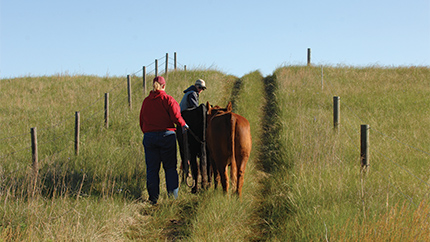
As an outcome of the NWPR, the Food and Agricultural Organization invited DWFI to contribute to this year’s influential State of Food and Agriculture (SOFA) report. The contributed articles were “Closing the water productivity gaps of crop and livestock products: a global analysis,” with DWFI research associate Mesfin Mekonnen as the lead author, and “Water use in the food industry,” authored by Yulie Meneses, DWFI’s water for food processing specialist. Information from these articles was used in various chapters of the forthcoming SOFA report.
The NWPR also was featured in the University of Nebraska–Lincoln Animal Science Department’s 2020 Nebraska Beef Cattle Report — an annual summary of research conducted by scientists and graduate students for use by livestock producers, extension educators and agribusiness.
View the Nebraska Beef Cattle Report
View the NWPR

